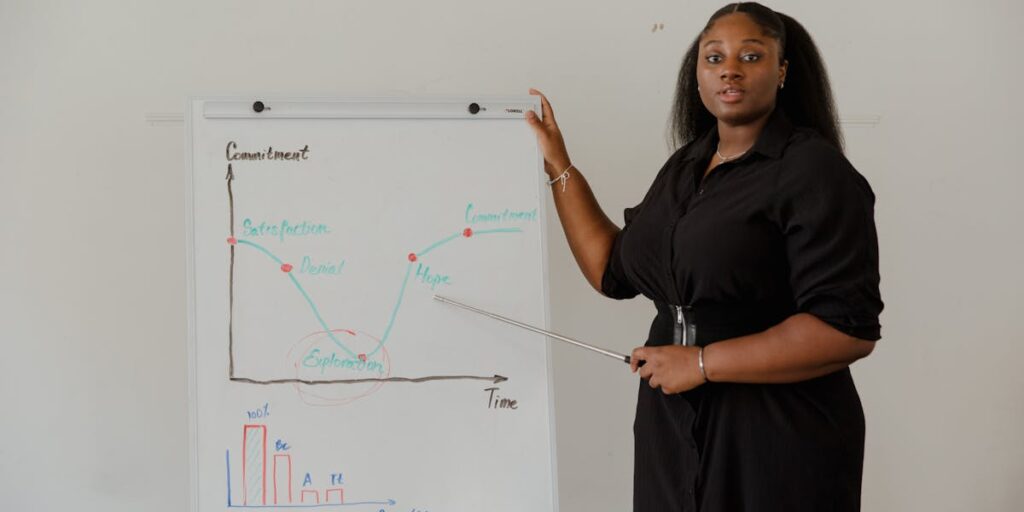Programme Code: MSO
Course Code: MSO-001
Assignment Code: MSO-001/AST/TMA/2024-25
The concepts of identity and identification are closely related, but they refer to different aspects of how individuals or groups see themselves and are recognized in society. Understanding the relationship between the two helps to grasp how personal and social identities are formed, maintained, and expressed.
Identity
Identity refers to the way individuals or groups define themselves. It encompasses aspects like personal beliefs, values, characteristics, and affiliations that distinguish one person or group from others. Identity can be shaped by factors such as ethnicity, nationality, gender, religion, occupation, and culture.
- Personal Identity: This involves how an individual views themselves, including their self-concept, values, and sense of uniqueness.
- Social Identity: This relates to how individuals are connected to larger social groups, like ethnic, national, religious, or political affiliations.
For example, a person may identify themselves as a student, a member of a certain religion, or as part of a particular community. This identity gives them a sense of belonging and helps them navigate their place in the world.
Identification
Identification is the process by which individuals associate themselves with certain groups or categories, and how others place them into certain groups based on various characteristics. Identification can be both self-driven (how one chooses to identify) and externally imposed (how society or others identify someone).
- Self-identification: This occurs when an individual consciously associates with a particular identity, like identifying as a feminist, or a specific nationality or profession.
- External identification: This happens when others label or categorize someone, often based on visible traits like race, gender, or perceived cultural background.
For example, a person might identify themselves as a musician because they love playing the guitar, but society might identify them primarily by their nationality or ethnicity.
Relationship Between Identity and Identification
The relationship between identity and identification is dynamic. Identity is how a person or group defines themselves, while identification is how that identity is recognized, constructed, or imposed by others.
- Internal and External Factors: Identity is often a blend of self-perception and external recognition. A person’s identity is shaped by their experiences, beliefs, and cultural background, but it’s also influenced by how they are seen and categorized by others.
- Fluidity: Both identity and identification can change over time. People’s identities evolve as they grow and experience new things. Similarly, the way others identify or categorize them may change due to shifting social norms or contexts.
- Power Dynamics: Identification often involves power relationships. Societies and institutions have the power to define and categorize individuals in ways that may not align with how those individuals see themselves. For example, colonial governments often imposed ethnic or racial categories on people, sometimes disregarding the complex identities of those groups.
- Conflicts and Tensions: There can be tension between how people identify themselves and how others identify them. For example, a person may see themselves as part of a particular social group, but others may challenge or deny that identity. This can lead to struggles for recognition or inclusion.
- Intersectionality: Identity is not singular; individuals belong to multiple identity groups (race, gender, class, etc.). Identification can sometimes reduce this complexity by oversimplifying someone’s identity into one category, like just seeing someone’s race or gender while ignoring other aspects of their identity.
Conclusion
In summary, identity is the self-concept of an individual or group, while identification is the process by which individuals or others categorize and recognize that identity. These two concepts are interconnected, influencing each other through personal choices and societal expectations. The fluidity and complexity of identity and identification reflect the dynamic nature of human society, where both internal self-understanding and external recognition are constantly interacting.
Explain the comparative method. Discuss its scope in social science research. (500 words)




